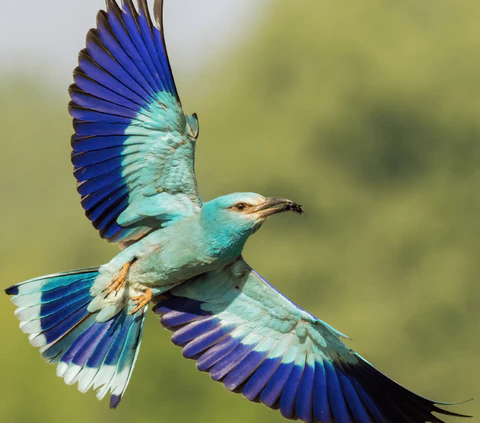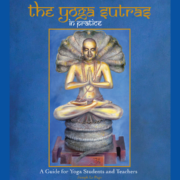Patanjali Yoga Sutra: Dispassion
Yoga Sutra 1.12:
“That stilling of the movements of the mind is through practice and dispassion.”
The Yoga journey can be seen as two wings of a bird. The first wing is practice, effort and dedication called abhyasa.
The second is dispassion, non-attachment, letting go, called vairagya.
Abhyāsa has two main facets. The first is daily practice, sadhana, whose root “sad” means effort. Sadhana is the consistent energy we invest in our daily practice with the understanding a practice or group of practices are maintained with enthusiasm and discipline until we experience their full benefit.
The second facet of abhyasa is conscious witnessing in daily living where we make a consistent effort to observe the movements of the mind while neither expressing, repressing or identifying with them, thereby gradually reducing their influence and their ability to generate limitation and suffering.
While practice is a foundation of the spiritual journey, it must be balanced with dispassion, vairāgyam. To gain material success at the level of the personality, effort and repetition are usually sufficient. At the level of the conditioned personality, that which we seek is outside of us in our surroundings, and the more effort we invest, the more likely we are to succeed. In the spiritual realm, however, that which we seek is our own true Being, already present and waiting to be recognized clearly. What stands between us and this recognition is attachment to all the things in our surroundings that we believe will make us happy and complete. Vairāgyam is seeing and releasing the mistaken belief that relationships, material possessions, personal power and self-image can provide the happiness and peace we seek.
Therefore, practice and dispassion are the two wings of the bird of Yoga that allow us to fly toward freedom.
Joseph Le Page












